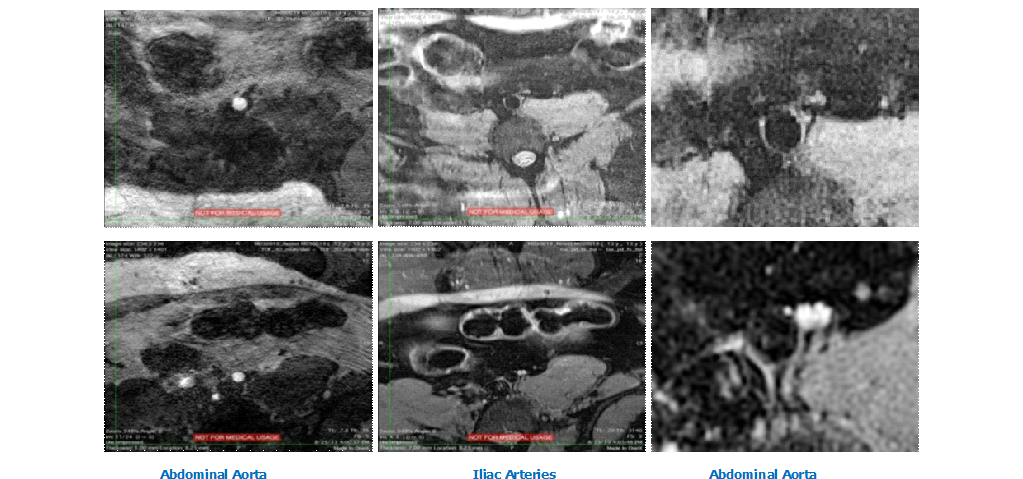Kunming, China, January 25, 2022
The aged cynomolgus macaque has been a well-studied translational model for human atherosclerosis, hypercholesterolemia and essential hypertension when fed a cholesterol-containing diet made at KBI. Like humans, this model develops dyslipidemia and atherosclerosis in close association with obesity, diabetes and coronary arterial disease.
KBI has a large cohort of macaques with spontaneous metabolic disorders and this makes it possible to screen for well-defined models of hyperlipoproteinemia. Furthermore, the hyperlipidemia models produced by different types of high fat diets are also available for studies of the efficacy, PK/PD, biomarkers and possible adverse effects.
Cardiac magnetic resonance imaging and human-based protocols are routinely used at KBI to obtain quantitative information for:
· Lumen and vessel wall thickness
· Plaque burden and inflammation

The atherosclerosis progression closely resembles that in humans. The lesion starts at the aorta and progresses to coronary arteries, common carotid arteries and eventually cerebral arteries. The atherogenic lesion develops from fatty streaks to atheromatous plaques with complications including calcification, ulceration, haemorrhage, stenosis and thrombosis.
Contact us if you need more information.